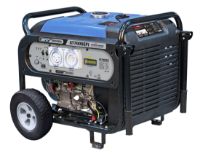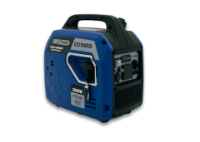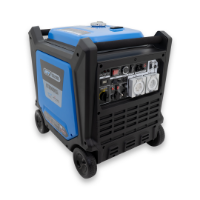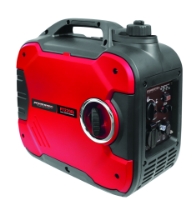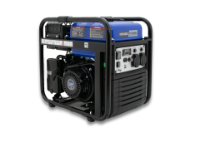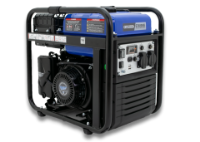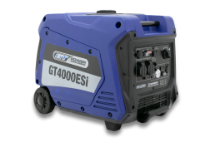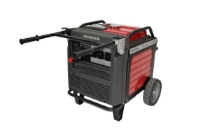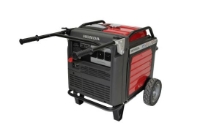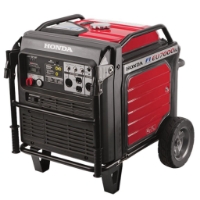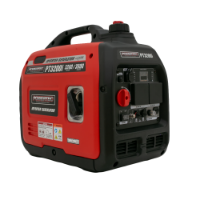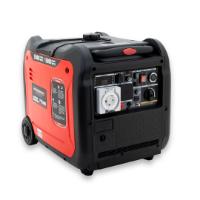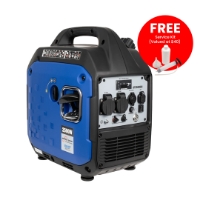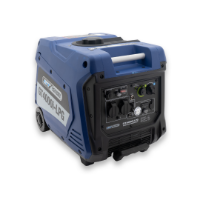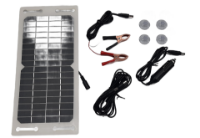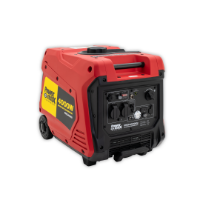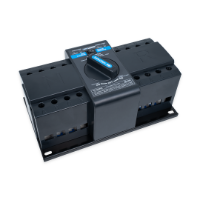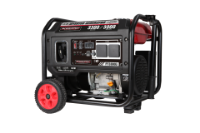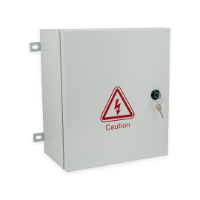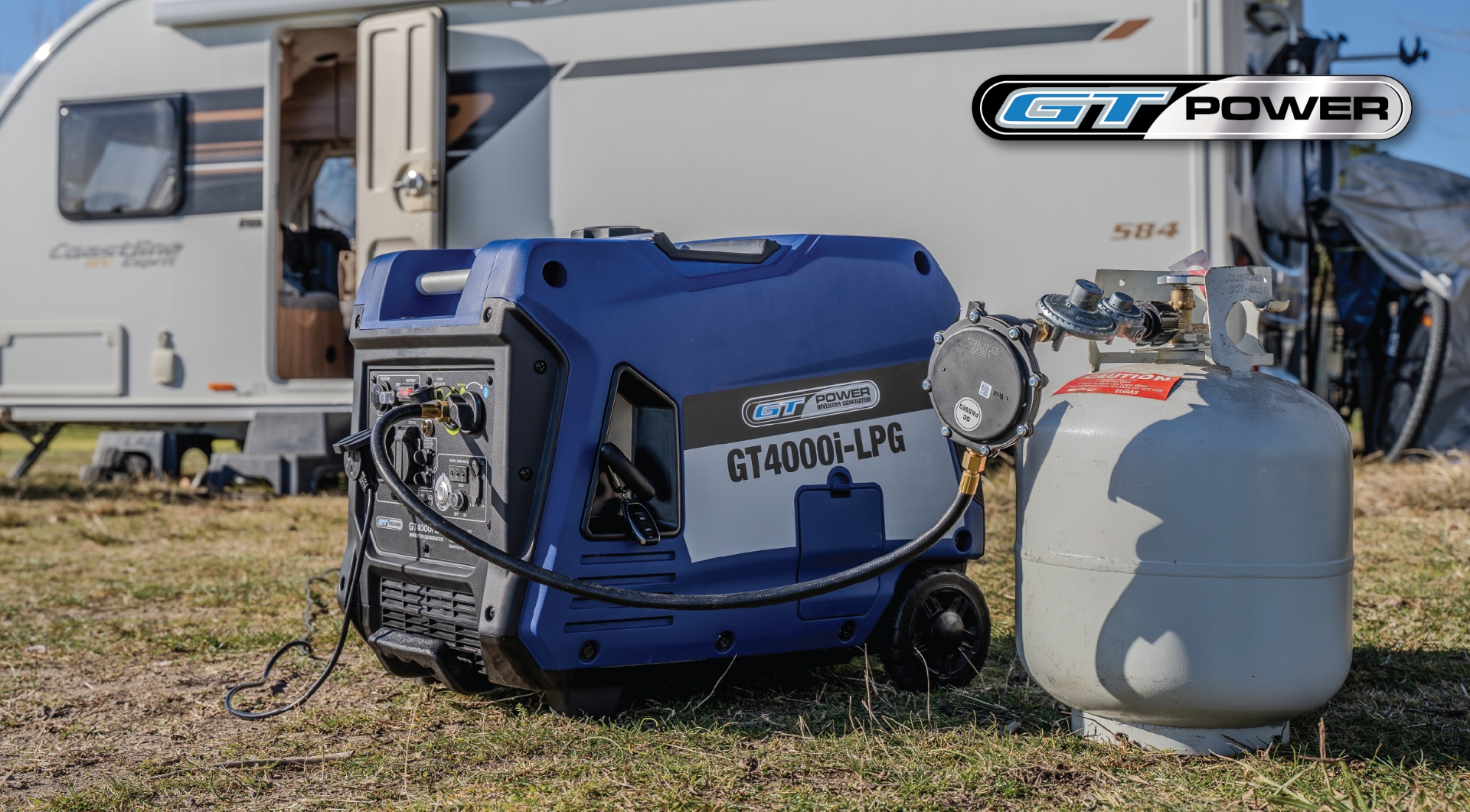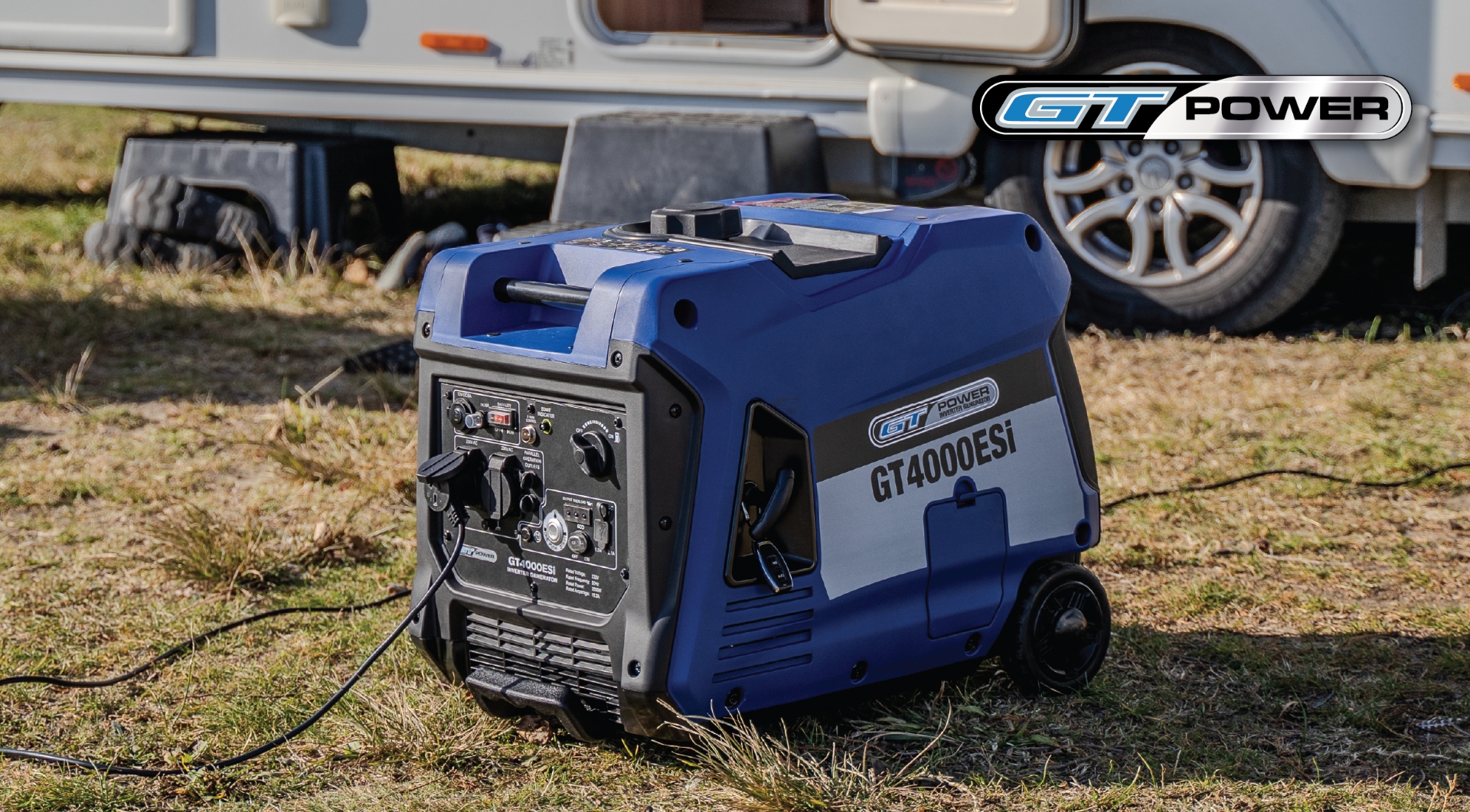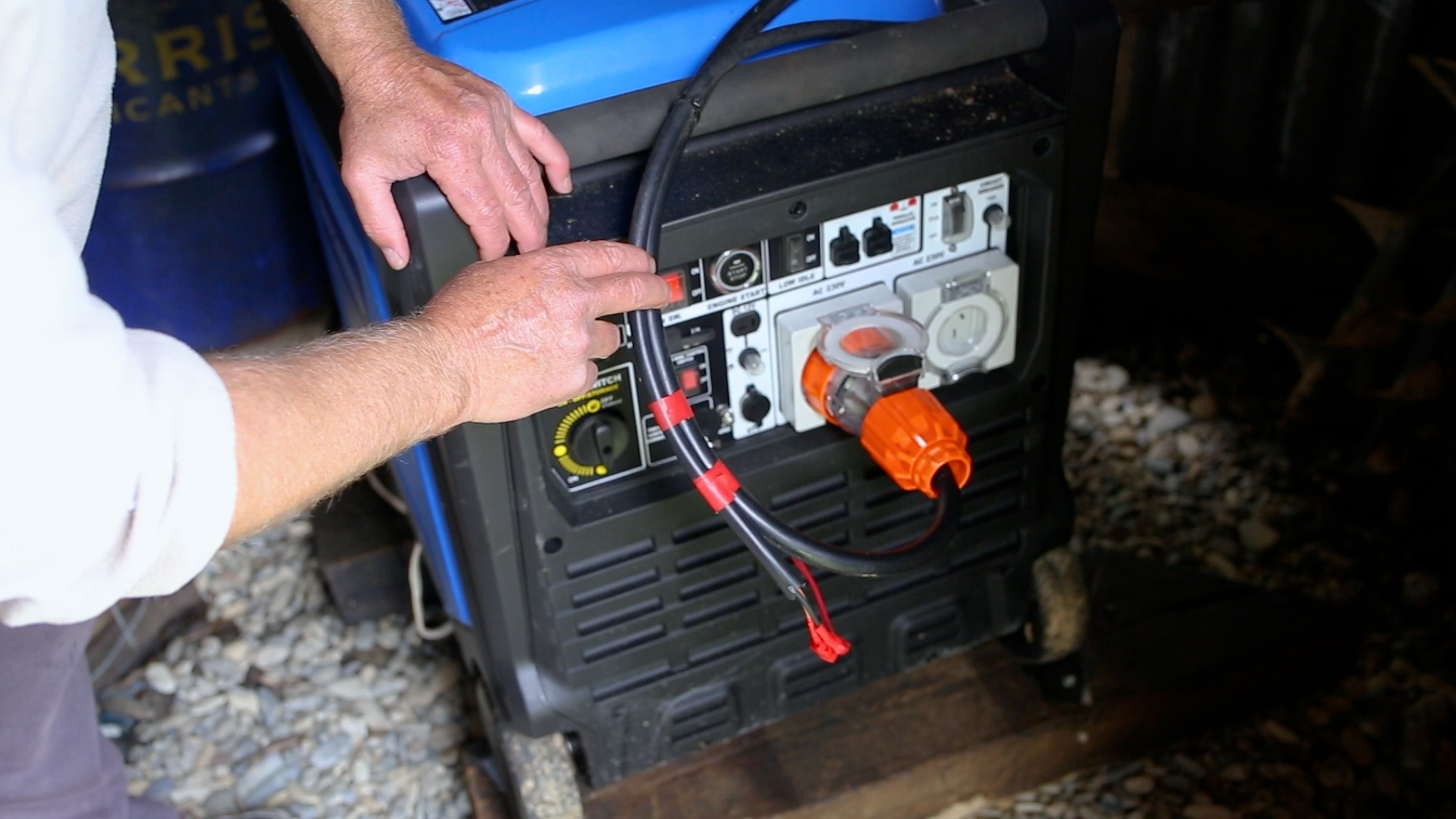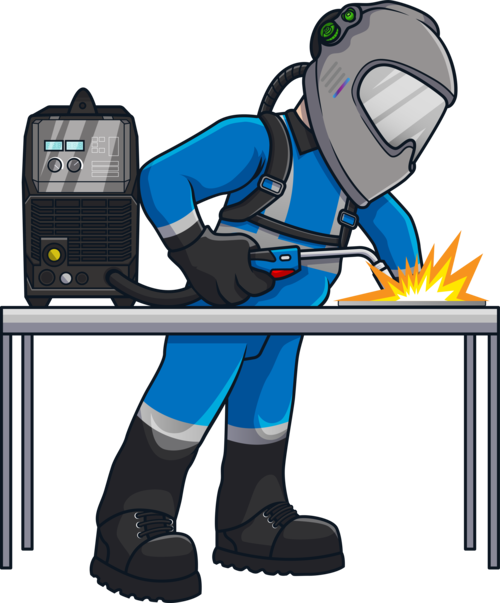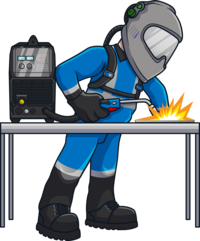Table of Contents
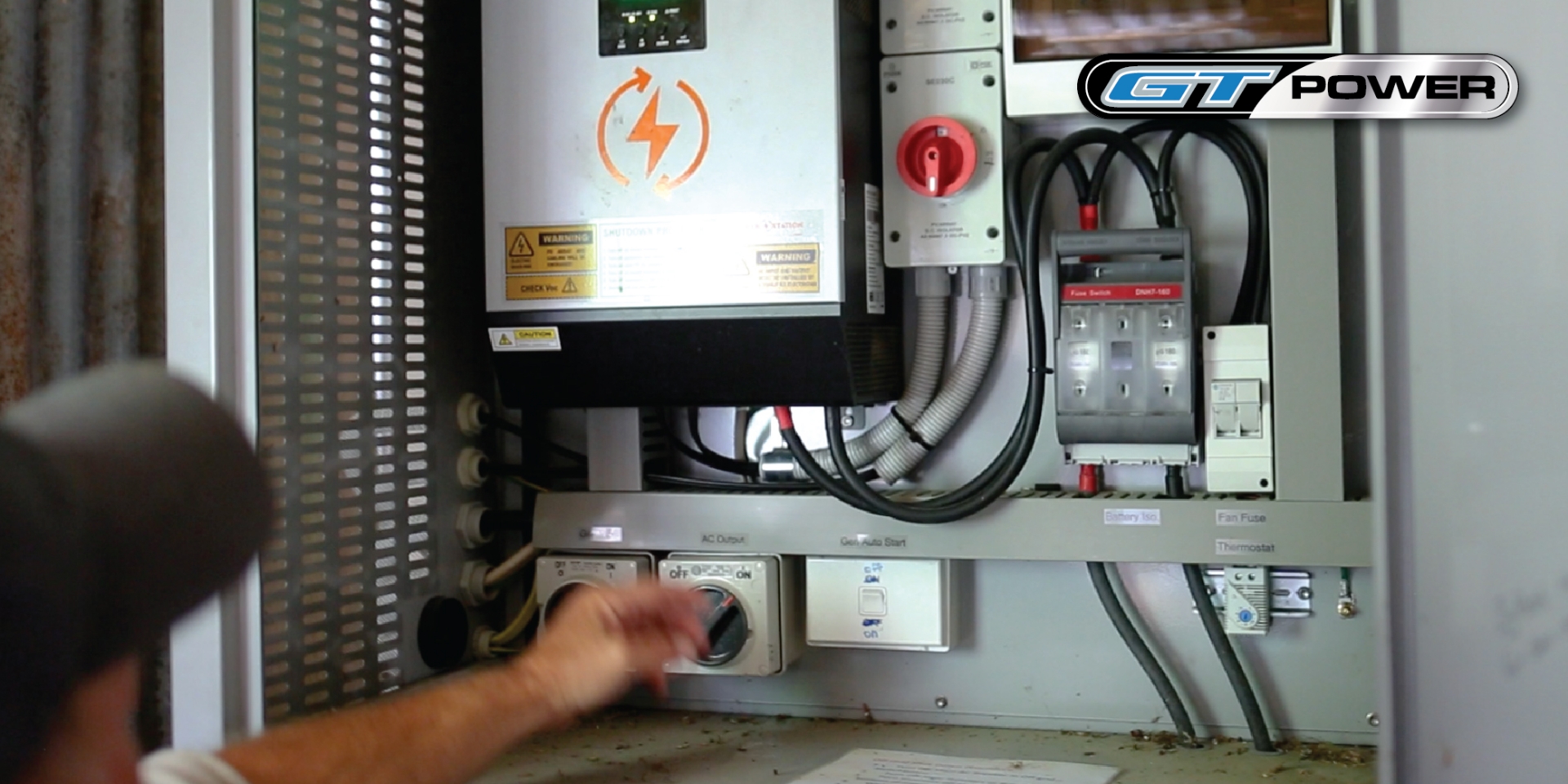
Power cuts can strike without warning—due to storms, equipment failure, or regional faults—leaving businesses and homes alike in the dark. Whether managing a rural property, running an engineering workshop, or simply keeping the fridge home, having a portable generator can help maintain safety, comfort, and continuity during these disruptions.
This guide outlines how to properly set up, operate, and care for your portable generator when faced with a power cut, with key insights tailored to industrial users, engineers, and workshop owners.
Understanding Portable Generators
A portable generator provides temporary power by converting fuel (petrol, diesel, or propane) into electricity. It is beneficial during power outages to keep essential appliances running. Choosing the right generator involves more than just picking the highest wattage. Fuel efficiency, portability, and noise levels should be considered to match specific power needs. A well-chosen generator can significantly affect energy consumption and long-term reliability.
Understanding how fuel types impact performance and maintenance can help users make informed investment decisions. Portable generators come in various sizes and power outputs, making them suitable for different applications. Small generators are ideal for powering a few essential appliances, while larger models can support entire households or workshops. Inverter generators provide cleaner energy, making them safe for sensitive electronics such as computers and medical devices. When selecting a generator, it is crucial to consider both wattage requirements and runtime, fuel efficiency, and noise levels to ensure optimal performance. Additionally, understanding the generator's limitations and following safety guidelines can prevent hazards like electrical overloads and carbon monoxide poisoning.
Why Use a Portable Generator?
A portable generator ensures continuity of operations in businesses, workshops, and homes by keeping essential equipment running during an outage. It prevents food spoilage by keeping refrigerators and freezers operational, reducing waste. It powers critical equipment such as medical devices, security systems, and heating/cooling units, ensuring safety and comfort. Additionally, it maintains lighting and communication systems, reducing risks during a blackout.
Setting Up a Generator Safely
1. Choose the Right Location
Always place the generator outdoors, away from windows, doors, vents, or other openings. A minimum distance of 5–6 metres from any structure is recommended. This helps prevent deadly carbon monoxide gas from building up in enclosed spaces.
2. Check Fuel and Oil Before Starting
- Fuel: Use the correct type for your generator (typically petrol or diesel). Do not overfill.
- Oil: Running a generator with low oil can cause permanent damage. Always check and top up before use.
3. Starting the Generator
Before starting the generator, ensure all appliances are switched off. Follow the manufacturer's instructions by turning on the fuel valve, adjusting the choke, and starting the engine. Allow the generator to warm up before connecting appliances. Check for any unusual noises or vibrations that may indicate a problem.
4. Connecting Appliances and Managing Power Usage
- Appliances should be plugged directly into the generator using a heavy-duty power strip.
- Avoid overloading by checking the wattage capacity and ensuring it meets your needs.
- A transfer switch installed by a qualified electrician is necessary to connect a generator to home wiring.
- To prevent overload, prioritise essential devices and power them in sequence.
Additionally, regularly monitor the generator's fuel consumption and oil levels to maintain engine efficiency and avoid unexpected shutdowns.
How to Choose the Right Portable Generator?
1. Know Your Power Requirements
Add up the wattage of appliances you’ll need in an outage. Include:
- Starting wattage for fridges, compressors, and pumps
- Running wattage for sustained power draw
Before making any purchase, it's important to assess what devices you want to run and how they behave electrically. Appliances like water pumps, air compressors, and refrigeration units have high starting wattage requirements, which can spike to two or three times their running wattage. Even a well-rated generator may trip or fail to start critical devices if overlooked. Load calculators and appliance manuals can help estimate these figures, or consult an electrician for a more precise assessment, especially for commercial or multi-phase setups.
2. Consider Generator Types
- Inverter generators like the GT8000ESI offer clean, quiet, efficient energy for homes and workshops.
- Conventional models may be cheaper but are often noisier and less fuel-efficient.
3. Evaluate Fuel Options
- Petrol: Widely available, suitable for portable units.
- Diesel: Offers fuel efficiency, best for heavy-duty setups.
- LPG: Cleaner burning often requires a conversion kit.
4. Look for Portability Features
The GT8000ESI includes wheels, a durable frame, and a practical handle—making it ideal for field use, site work, or storage transport.
The GT8000ESI: Powering Through Blackouts with Ease
For those serious about reliable backup power, the GT8000ESI is a trusted name. Its inverter engine delivers clean energy, while the innovative throttle system conserves fuel by adjusting engine speed to load requirements.
From home use to off-grid applications and workshop backup, the GT8000ESI stands out for:
- Quiet operation – ideal for any environment
- Fuel efficiency – low consumption even under moderate loads
- Ease of use – intuitive control panel and electric start
- Compatibility – safe for electronics and power tools
The GT8000ESI delivers a maximum output of 8000W (10kVA) and a rated output of 7000W, making it well-suited for home power backup, job sites, and emergency use. Its inverter technology ensures clean and stable power, allowing safe operation of sensitive electronics such as laptops, medical equipment, and communication devices—essential during a blackout. Whether powering a few key household appliances or running essential workshop tools, this unit provides dependable performance under pressure.
Designed with practicality in mind, it features a push-button electric start, integrated carry handles, and four wheels for enhanced mobility. The silenced casing and industrial-grade muffler system ensure the unit operates at low noise levels—especially important in residential or shared spaces. It also includes dual 230V outlets (15A and 30A), a 12V DC outlet, and USB charging ports to support various devices during a power outage.
In addition to its standalone performance, the GT8000ESI supports parallel operation with a second unit, allowing users to scale power output when larger loads are required—without sacrificing the portability and flexibility of a single machine. With its robust Powerdyne 4-stroke OHV engine and copper-wound alternator, this generator delivers a reliable, long-term solution for blackout preparedness.
Watch how Charlie has successfully used the GT8000ESI to power his off-grid home in the Marlborough Sounds HERE
Automated Backup and Battery Assurance: ATS Switch and Solar Charger Kit
To further streamline power continuity during outages, GT Power offers a Dual Function Automatic Transfer Switch (ATS) and a Solar Battery Charger Kit, both of which complement portable generator setups like the GT8000ESI. The ATS switch enables automatic switching between mains and generator power, ensuring critical systems remain operational without the need for manual intervention. In the event of a blackout, the switch automatically signals the generator to start via its integrated 2-wire auto-start function—ideal for unattended applications or after-hours protection in workshops, rural sites, or home settings. This hands-off reliability is particularly valuable in environments where even brief power disruptions can cause equipment shutdowns or operational delays.
To support long-term reliability, the GT Power Solar Battery Charger Kit maintains battery charge levels on compatible generators when in auto-start mode. By delivering a steady 25W of solar power, it offsets the minor battery drain that occurs when ignition systems remain on, ensuring that the generator is always ready to start when needed. This is especially useful for backup systems installed in remote locations or where generators are not regularly used. Together, the ATS switch and charger kit form a practical enhancement to any backup power system—simplifying operation and providing dependable power when it matters most.
Generator Maintenance and Storage
Regular Maintenance and Safe Storage
- Regularly inspect spark plugs and air filters for dirt or damage.
- Clean fuel and oil systems to prevent clogging.
- Test battery-operated starters periodically to ensure they are functioning correctly.
- Store generators in a cool, dry place when not in use.
- Drain the fuel if stored for an extended period to prevent degradation.
- Use a cover to protect the generator from dust and moisture, maintaining its condition.
Preparing for Long-Term Use
Running the generator at least once a month ensures readiness in emergencies. Keeping a spare fuel and oil stock is beneficial, and maintaining a log of service dates and repairs helps track maintenance history.
Power cuts are unpredictable—but your response doesn’t need to be. With the right generator, properly installed and operated, you can minimise downtime, maintain productivity, and keep critical systems running.
If you're looking for a durable, quiet, and dependable solution for your home, workshop or rural property, consider the GT8000ESI from Proline Industrial. It’s more than just a backup plan—it’s your silent partner when the lights go out.
Need help choosing the right generator?
Contact the Proline team for expert advice and product recommendations tailored to your site or application.














































